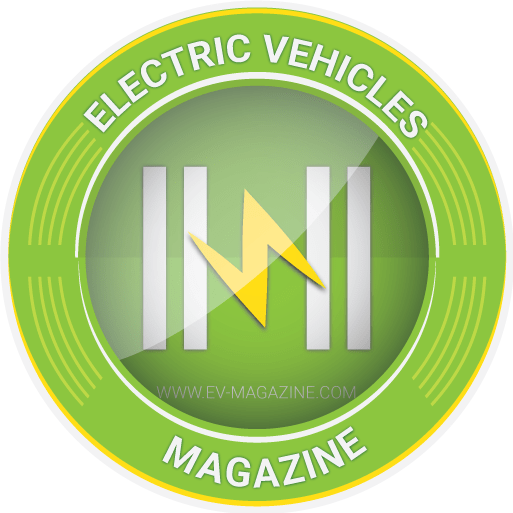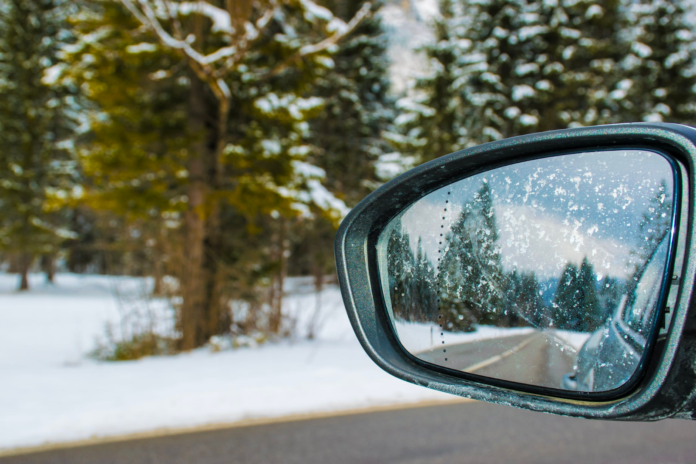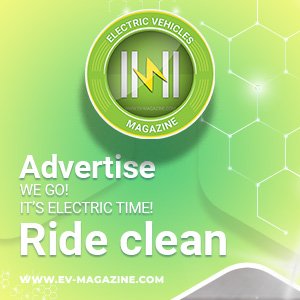- Preconditioning the battery or pre-heat the cabin
Most EV drivers charge their car overnight so it’s ready for their morning journey. One Reddit user suggests to “Preheat the cabin wherever possible while plugged in. This will use energy from the grid to heat the vehicle before you drive off, rather than from the battery while you’re driving.”
Doing so not only heats the cabin ready for the journey, it also preconditions the battery for the journey meaning it doesn’t have to use the battery while driving to get up to optimum performance temperature (generally around 20°C).
- Direct heat to the passenger, not the cabin
Internal combustion engine cars have waste heat that heats the passenger cabin, but this isn’t the case in an electric vehicle and blasting the heat to compensate can reduce an EV’s performance even further in winter.
One forum user suggests, “Instead of sacrificing warmth, use a more direct source for it. Heated seats can offer the same or better comfort than turning the heat up 5 degrees or so.” Directing the heat towards the driver via seats and a warm steering wheel is a more efficient use of the battery and consumes less energy than heating a full car cabin.
- Charge according to your journey time
Another user, after driving in weathers as low as -7°C set the overnight charge to finish as close to his morning journey as possible as opposed to charging it the night before. This meant that the battery didn’t have a chance to cool before being used for the road meaning no initial loss of range before setting off.
- Charge to at least 90% to compensate for loss of range
In freezing temperatures, battery management systems onboard electric vehicles reserve about 15-20% of the overall capacity in order to keep the battery at its optimum temperature. Instead of charging the car to what you think you need, charge it up to at least 90% to allow a margin for the loss of range from increased use of HVAC and battery management. When mentioning a tip similar, one r/electricvehicles community user said, “You will need the extra juice as efficiency decreases.”
- Reduce wind resistance by slowing down
“The most important tip is to slow down!” says one Redit user, “If you just slow down a bit and go the speed limit or 5 under, your range will increase significantly.” But what’s the science behind this? The faster you go, the more wind resistance there is. Naturally, when doing higher speeds on motorways you’re using more energy to go the same distance – if you have plenty of time, look for alternative slower road routes on a GPS before embarking on your journey.
- Inflate your tyres
Check your tyre pressure biweekly throughout winter and top up according to manufacturer’s recommendation when needed. An underinflated tire increases rolling resistance and consumes more energy than a correctly inflated one. Not only will they impact range, they’ll also have an impact on braking distance in potentially slippy roads.
- Use Eco-Mode during low-speed journeys
Eco modes onboard electric vehicles increase efficiency by reducing sensitivity of the accelerator. As long as you’re not on busy roads or motorways where fast acceleration may be required, opt for eco mode to use less energy overall.
- Reduce unnecessary weight to reduce drag
Removing any considerable unnecessary weight in the boot can slightly improve your electric vehicle range. Like any vehicle, the more passengers and unnecessary cargo the less efficient the vehicle will be. If you’re guilty of leaving junk in the boot, offload anything unnecessary as every extra KG matters when getting the most from a car’s range in winter.
Electric vehicle drivers sporting any roof boxes will not only experience a difference from the weight on their car but also the amount of drag it creates.
9. Safely drafting behind the car in front
One Reddit user suggested, “You can really up the ante at highway speed if you tuck in behind the car in front of you,” which is a driving tactic otherwise known as drafting. Drafting refers to a leading vehicle blocking the movement of air, creating low pressure behind it. Naturally as there’s less wind resistance, you’ll consume less energy as you drive. The 2-second rule still applies when doing so as to ensure you’re not too close to the vehicle in front.
Why does weather affect EV range?
Rebecca Marsden, Electric Vehicle Specialist at Hippo Leasing says, “It’s widely known that cold weather can impact fuel efficiency in ICE vehicles, but the way the cold affects electric vehicles is slightly more pronounced. Operating range is one of the most important performance metrics of an electric car and lithium-ion batteries onboard it can be impacted by a drop in temperature. The ions in lithium-ion batteries, like the one onboard electric vehicles, struggle to move around in the cold. This in turn has an impact on an EV’s range overall.”




![Hyundai’s electric hot hatch spotted out in the wild for the first time [Images] Hyundai’s electric hot hatch spotted out in the wild for the first time [Images]](https://ev-magazine.com/wp-content/uploads/2025/12/1766723605_Hyundais-electric-hot-hatch-spotted-out-in-the-wild-for-324x160.jpeg)